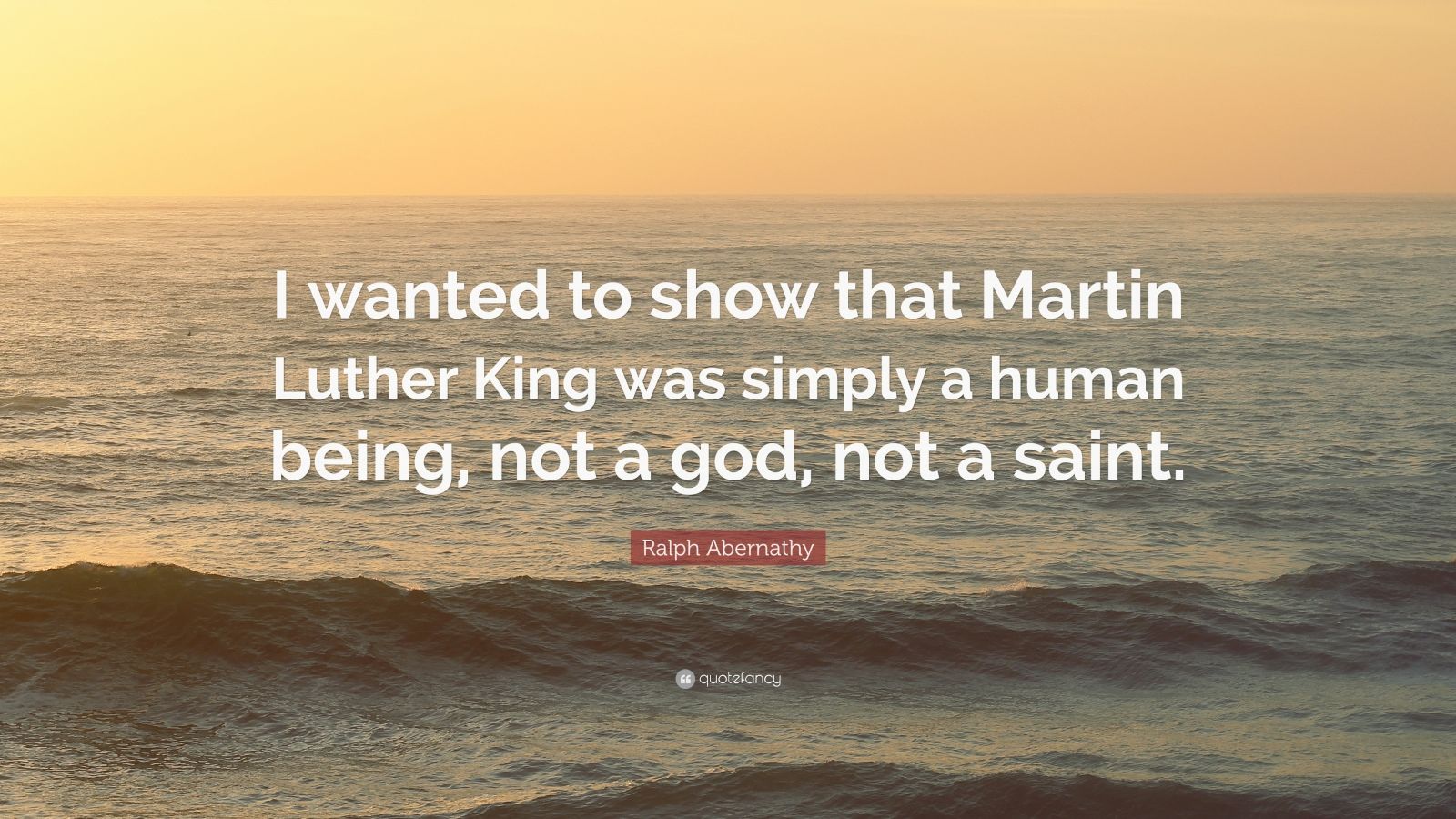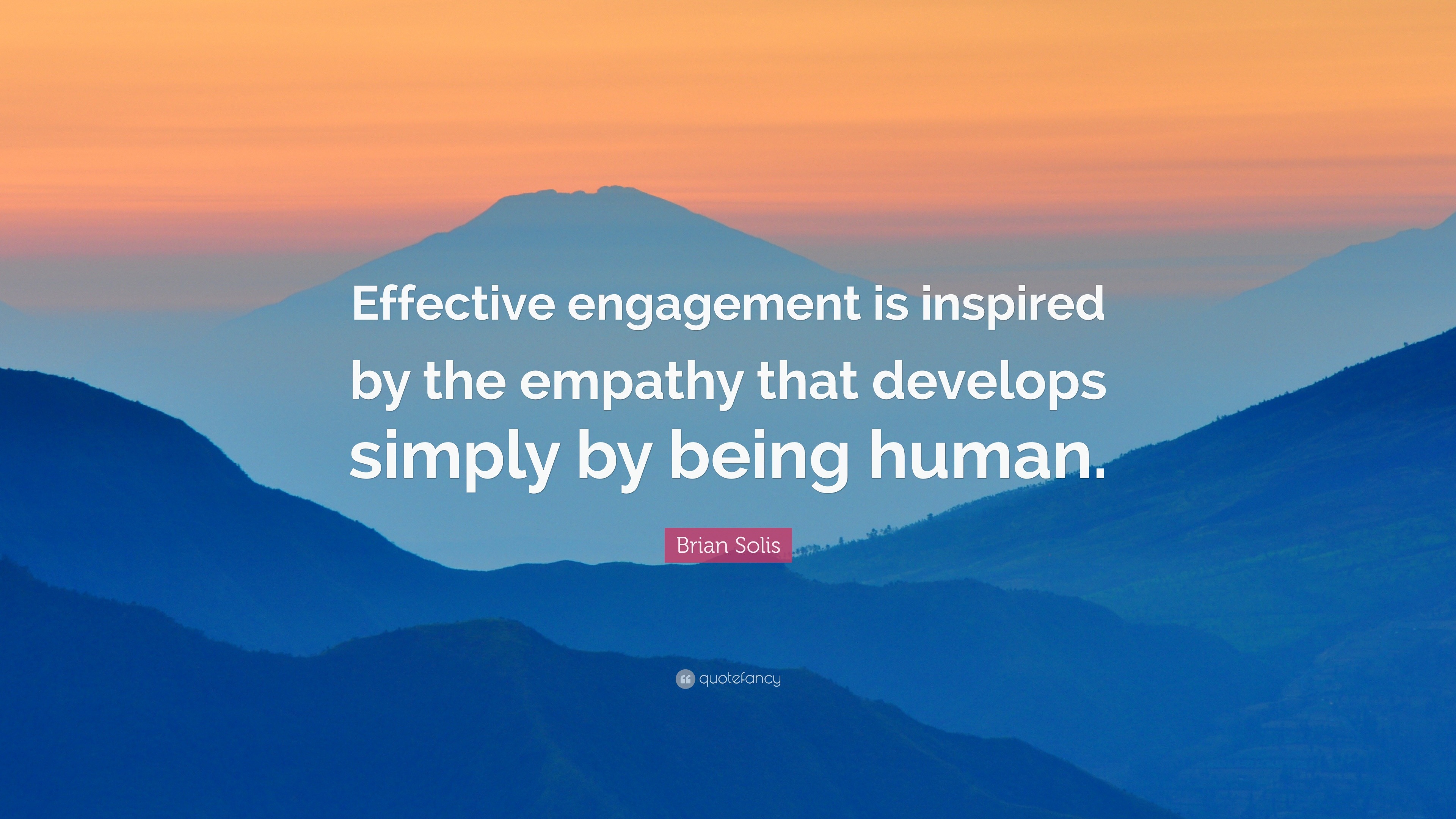
There is no primacy in value of the human world over the, say, avian world. This does not mean that what we can constitute thus is all the world there is, merely that it is all the known world, which is (knowing being a human activity) by definition human. How the world knows itself, then, is as a human world – since any human knowing can only ever yield a humanly known world.Īll (human) knowing is limited by what we can perceive – such perceptions being the phenomenologically derived raw-material for feeling, thinking, knowing, wondering and making sense. Without humans, the world would be a world without the feature of such wondering and such knowing of itself. Without birds, the world would be a world without the feature of such flying. We might even say that we humans are where the world knows itself, just as birds are where the world flies – so that we humans add the feature of consciousness, of wondering, of knowing, of interpreting ourselves and the world, of making sense, just as birds add the feature of flying on feathered wings. As such, we know ourselves as of the world, and thus knowing ourselves as of the world we are the world knowing of itself. In this way we create a (human) world via a languaged interpretation of what presents itself to us as world, or, in other words, we humans are hermeneutically engaged creatures.

It is within and through language that we humans are making sense and meaning (of the world, including ourselves.). Thinking is to do with language, even as language does not define the outer limits of thinking – or the depths of it. To be human, then, is to do with both thinking and feeling, is to do with true wondering.

Here, in true wondering, is one area where thinking and feeling meet. True (that is: not idle) wondering has to do with noticing, with interest, with attention, with felt thinking, with thought feeling. That is: we look to wondering why why why? The content (the what) of what is felt is secondary. The fact (the that) of feeling is primary. With this understanding let us return to the initial question: what is it to be human? What is specifically human about us human beings, or: what is specifically human about the human experience? However, I ask you to hold in mind that even where I do not make specific mention of it, a contextual, explanatory dimension giving rise to the experience or capacity under discussion is always implied. Instead, I will focus on the experiential (or: phenomenological) dimension when asking which (subjective) basic experiences we might name as being specifically human, as well as considering the explanatory dimension of the general context at hand and the capacities that arise from it. In the following I am not concerned with the ways any given specific human context contributes to who (and how) any given specific human being turns out to be who s/he is. This fact constitutes – on the explanatory level – the fundamental contextuality of any human being (and thus of being human.) The existence of any human being always presupposes the existence of at least one (m)other, so that we can say that to be human is to be part of the human community.

I want to begin by separating this question into an experiential and an explanatory dimension, such that we now have two questions: one that asks after the experience of what it is like to be human (what is the subjective experience of being human) – and another that asks after the explanation of how that experience comes about. What follows, then, is a look at the fundamental question of what it is to be human, leaving the more detailed development of a resulting ethic of compassion for a later date. Such an ethic – as a general normative ethic and as a specific ethical stance for clinicians – suggests itself to me as a consequence of this exploration into the nature and deeper development of our humanness. This meditation on the general question of what it is to be human (and, loosely, on the role of psychoanalysis for becoming more fully so) constitutes in its entirety a preliminary consideration for the development of an ethic of compassion. La réponse est le malheur de la question. Man got to sit and wonder ‘why, why, why?’

And on the Role of Psychoanalysis for becoming more fully so)


 0 kommentar(er)
0 kommentar(er)
